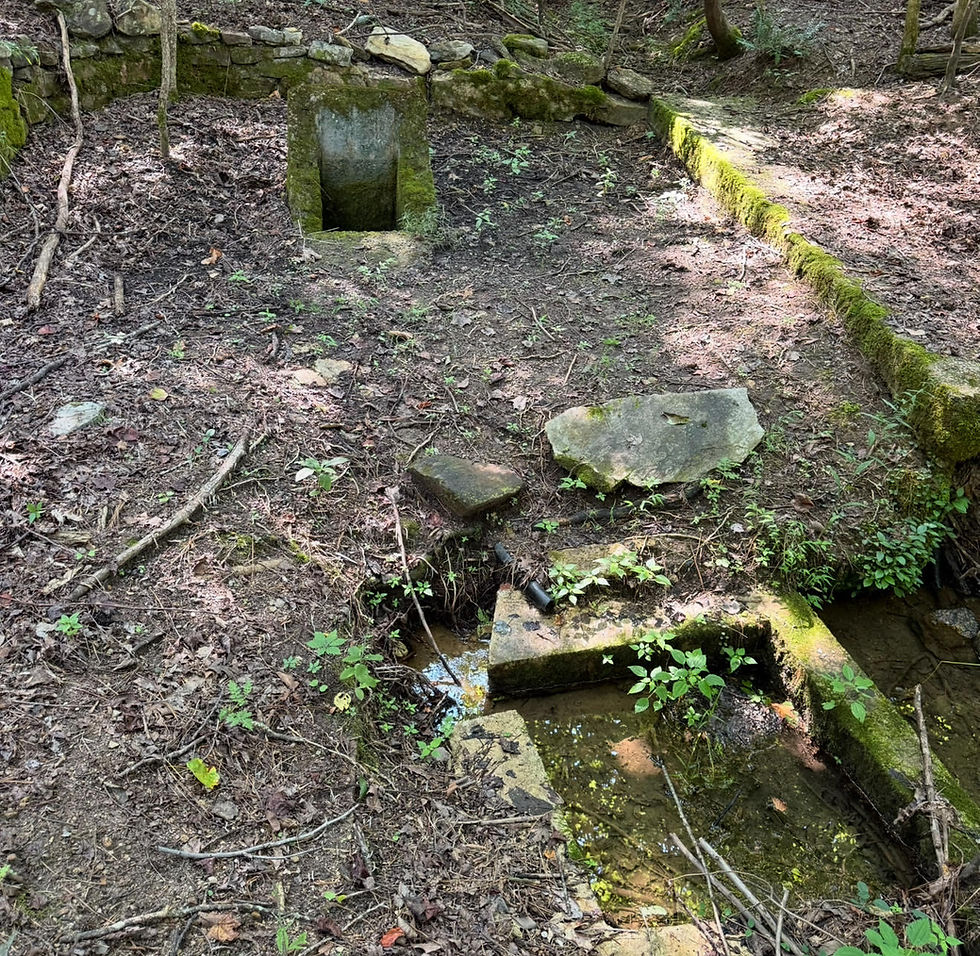Native Americans Artifacts Found Within Bent Tree
- Christopher

- Nov 12, 2020
- 2 min read
Updated: Feb 27, 2023
In the early 1970s Robert L. Blakely, Roy S. Dickens and Phillip Greear found 50 artifacts within the newly developing community.

Discoveries can be made all around you, if you only know where to look.
The mountains of North Georgia are replete with many landmarks of its indigenous peoples. Some of the more notable examples are New Echota (located in present day Calhoun) Little Egypt (submerged beneath Carter's Lake near Oakman, Georgia) the old Cherokee highway subsequently named the Old Federal Road, hidden beneath many modern roads(to include portions of Yellow Creek Rd., Main St. in Jasper, and New Town Rd. in Tate) between Savannah, Georgia and Tennessee. Even the name Bent Tree was erroneously attributed to the Native American practice of bending young trees to serve as markers along their trails. And while many residents of Bent Tree are aware of their existence, very few know of the archaeological digs that happened in 1970 and 1973.
Doctor Robert L. Blakely was a professor of Anthropology at Georgia State University. For decades he was one of Georgia's premier anthropologists. In 1970 he assembled a team of professionals: archaeologists, anthropologists and botanists to search for Indian artifacts here in Bent Tree.
Varying accounts claimed that either a fire or a tornado happened in the 1920s within the land that is now Bent Tree causing trees to be uprooted, thereby unearthing the artifacts that were discovered here. In fact, across the seventy or so dig sites that were excavated, artifacts were recovered from about fifty of them. Among them were arrowheads made of quartz, dart and spear points, hide scrapers, mortar and pestles. No pottery was discovered at all.

Quartz Arrowhead found near Crippled Oak Trail
In the developmental timeline of the Indian cultures, pottery making was a relatively late skill set. This fact and the absence of other items led Doctor Blakely's team to ascertain that all of the finds made in Bent Tree were from Native Americans much older than the Cherokee or any other modern tribes. The quartz arrowheads were dated between 4,000 and 2,000 years BC. This meant that the Native Americans that were present in the immediate vicinity of Bent Tree hunted, but most likely did not live here. They used the ridge lines of Mt. Oglethorpe and the neighboring mountains as a fertile hunting ground.



Comments